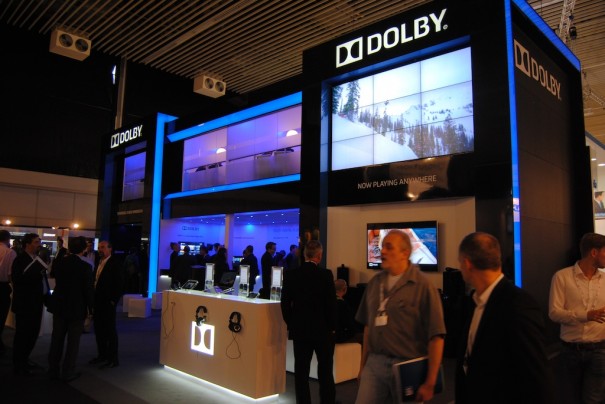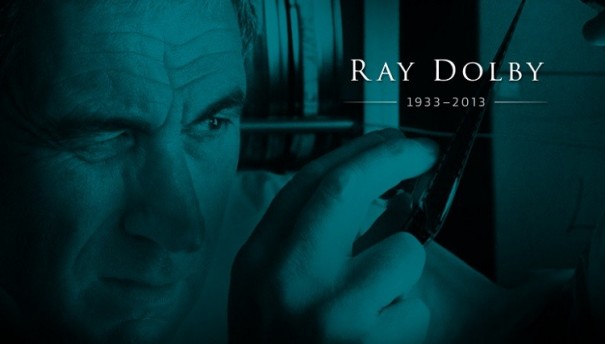Dolby actualiza su monitor profesional de referencia PRM-4220
Con un diseño más ergonómico y un perfil más delgado, la actualización del PRM-4200 facilita su instalación en espacios reducidos y mejora la conectividad.
Con la misma precisión y rendimiento de grado 1 del ya popular monitor de referencia PRM-4200, Dolby lanza ahora una actualización introduciendo nuevas características de hardware que incluyen HDMI 1.4 e interfaces Display Port 1.1.
 Bill Admans, director de soluciones de producción y postproducción en Dolby, ha asegurado que “el monitor profesional de referencia de Dolby se actualiza constantemente para mantener el ritmo de la evolución en los flujos de trabajo. Estas nuevas características de hardware preparan al monitor de Dolby con las últimas herramientas de flujo de trabajo, lo que garantiza a nuestros clientes el retorno total de su inversión”.
Bill Admans, director de soluciones de producción y postproducción en Dolby, ha asegurado que “el monitor profesional de referencia de Dolby se actualiza constantemente para mantener el ritmo de la evolución en los flujos de trabajo. Estas nuevas características de hardware preparan al monitor de Dolby con las últimas herramientas de flujo de trabajo, lo que garantiza a nuestros clientes el retorno total de su inversión”.
Con un diseño más ergonómico y un perfil más delgado, la actualización del PRM-4200 facilita su instalación en espacios reducidos. Otras mejora a destacar es la reducción en casi un tercio del peso con respecto al diseño anterior.
En IBC 2013 podemos ver el nuevo monitor de referencia en otros stands de la feria, además de en el espacio de Dolby, como puede ser el stand de ARRI donde se muestra con imágenes recogidas por la Alexa en reproducción desde un grabador/reproductor Codex Review de Codex conectado al monitor vía 12bit HDMI.
La industria despide a Ray Dolby
Coincidiendo con IBC 2013, toda la industria del cine y el broadcast ha despedido al fundador de Dolby, Ray Dolby, quien fallevía a los 80 años en su casa de San Francisco tras una larga enfermedad. El ingeniero fue el creador del famoso sistema de sonido para música y cine que redujo el ruido en las grabaciones de audio.
Dolby ganó un Oscar, un Grammy y dos premios Emmy por su trabajo. Nacido en Portland (Oregón), creció en el área de San Francisco y comenzó su carrera en el campo de grabación de vídeos, ayudando a desarrollar un sistema de grabación de cintas para el Ampex Corporation en la década de 1950.A continuación, completó su doctorado en la Universidad de Cambridge de Gran Bretaña y en 1965 fundó Dolby Laboratories, en Londres. Allí se convirtió en uno de los ingenieros más conocidos por su trabajo en la reducción de ruido de grabaciones de audio y sonido envolvente.
Did you like this article?
Subscribe to our NEWSLETTER and you won't miss anything.




